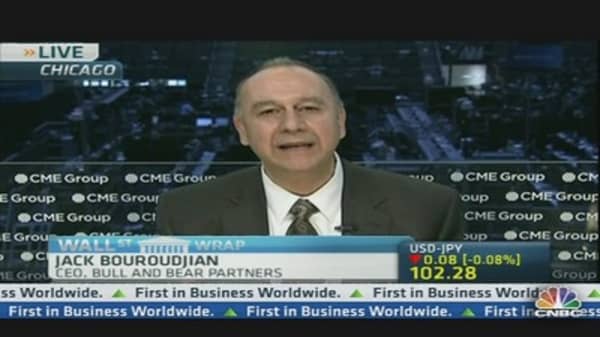The sell-off in U.S. Treasurys on Tuesday, which took yields to their highest levels in over a year, and record high equities have once again given rise to talk that the "great rotation" may finally be here.
Worries that the U.S. Federal Reserve could slow its massive bond-buying program led the yields on 10 and 30-year Treasurys to jump to their highest levels in 13 months, at 2.07 percent and 3.331 percent, respectively. Added to that, positive economic data out of the world's largest economy fueled the Dow Jones Industrial Average to hit a record close of 15,409.39 on Tuesday.
"We've been waiting for the great rotation out of fixed income, we've been saying it all along, everything we see in fixed income is all risk and no return - people are starting to wake up," Jack Bouroudjian, CEO of wealth management firm Bull and Bear Partners said on CNBC Asia's "Squawk Box" on Wednesday.
Investors are starting to realize the big difference between the Fed "tapering" and "tightening" its easing policy, according to Bouroudjian, who says tapering is much different than draining liquidity out of the market, which is years away.
"I think they're [investors] coming back to their senses, which is one of the reasons we're seeing that great rotation - these large asset allocations out of fixed income into equities - look for that to continue going into the rest of the year," Bouroudjian said.
(Read More: On Second Thought...Maybe Fed Tapering Won't Be So Bad)
Patrick Bennett, forex strategist at Canadian bank CIBC backed that sentiment saying that people are looking at the U.S. economy doing better and "are moving back into the stock market."




